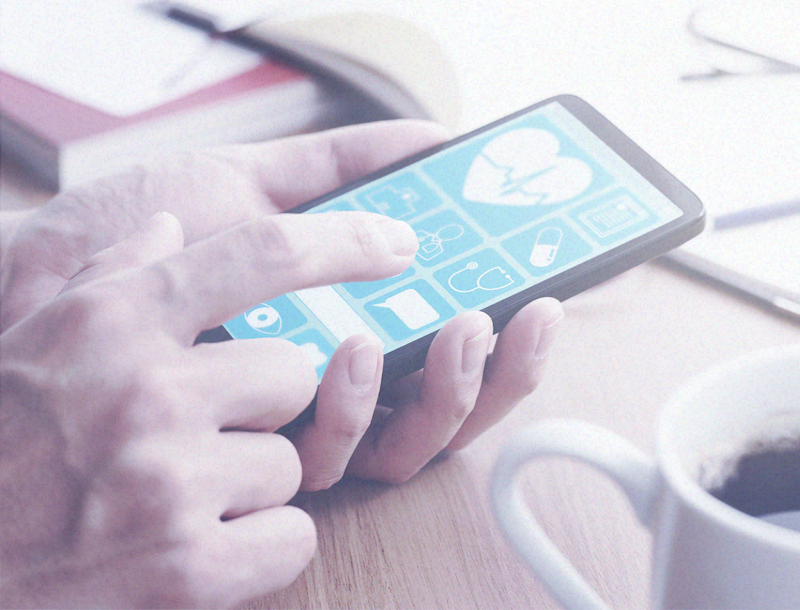At this point, most of us have interacted with chatbots. However, that wasn’t always the case. After all, it wasn’t long ago that the notion of speaking, ‘Hey Siri’ or ‘Okay Google’ into your phone would have seemed awfully strange. You certainly wouldn’t have received a response giving you directions, quoting a price, or providing you with the scores of last night’s football game.
Now, we think nothing of speaking commands to these virtual assistants that are chatbots. If not through our phones, then through smart speakers.
That’s just one way in which we interact with chatbots. How many times have you visited a website only to have a chatbox appear asking if you need assistance. Sometimes there’s a real person at the other end, but more often than not, it’s a chatbot.
What’s the point? Chatbots are now comfortable and familiar to us. We welcome them into our lives easily. Because of that comfort level, companies are now incorporating chatbots into services like never before. This includes healthcare.
Why Do We Need Healthcare Chatbots?
Hospitals, doctor’s offices, clinics, and other healthcare providers can benefit from chatbots in many of the same ways that other businesses do. Chatbots can provide a basic level of customer service 24/7 when employees are not available. They can answer simple queries such as operating hours. Some can even help schedule appointments or provide simple information on medical conditions.
The recent Covid-19 outbreak has brought focus to another need. As medical providers attempt to comply with stay-at-home orders, they are seeking new ways to interact with their patients. Chatbots can help with that as well.
Finally, there’s the issue of accessibility. Imagine being a patient living in a rural area or inner city. You have a condition that requires a medical specialist, but none are available. There may be a months-long waiting list for an appointment, or simply nobody practicing that variety of medicine near you. Maybe you lack transportation? Chatbots in combination with other technologies such as telemedicine and diagnostic tools can fill in these healthcare gaps.
Examples of Healthcare Chatbots
It’s clear that chatbots can make life easier for both patients and service providers. Let’s take a look at a few practical applications.
Patient Health Management
One way to implement chatbots is by providing patients with a tool to help them manage their own health. Chatbots can be used to send patients reminders of upcoming appointments or to take their medication. In return, patients can engage with the bot to share information about symptoms, record their concerns, and note when they take meds and how much.
Apps like this can also be integrated into built-in apps. This means they can use messaging apps to send information to patients or use geolocation to help patients find nearby pharmacies and healthcare providers.
Fitness and Diet Tracking
Fitness and diet trackers are already familiar to most people. They help patients accurately track their food intake, the amount of exercise they get, and their overall schedules regarding food and fitness.
Now, imagine combining that functionality with the ease of interaction of a chatbot. Customers can log information by chatting with a bot. The bot can in turn collect that data for health providers. Further, the bot can serve to provide users with suggestions, health tips, and positive feedback.
First Level Diagnostics
Even though many doctors recommend against it, most of us turn to Google when we’re faced with symptoms of illness. The problem with this is that these searches can turn up questionable results. Instead of getting medically sound information, people often receive dubious information from bloggers. They may even be led to unsafe advice or outdated information.
With an app, a healthcare provider can help satisfy patients’ curiosity about their symptoms, collect helpful information, and curate good advice and information. Instead of ‘Googling’ symptoms, patients can simply bring up an app, and use a chat feature. Then, if indicated, the bot can even help set an appointment, or direct the user to contact emergency services.
Patient Education
Even when they aren’t sick, patients rely on their mobile devices and computers to access health-related information. As mentioned above, this can be concerning when the information they might access isn’t trustworthy. Once again, chatbot technology can be deployed to help.
A chatbot can be made available after hours to answer basic questions about health conditions, recommend additional sources, or record questions to be forwarded to providers. This is a great way, for example, for community health services to provide health-related education to a wider audience.
Final Thoughts: Incorporating Chatbots Into Your Healthcare Business
Now more than ever, healthcare professionals need new ways to engage their customers remotely. In addition to this, chatbots can be used as tools for advice, diagnosis, data collection, education, even as a way to provide needed services to those who might struggle to access them otherwise. If you’d like to incorporate a chatbot solution, talk to us. We’ll help find or build technology that works for you.

